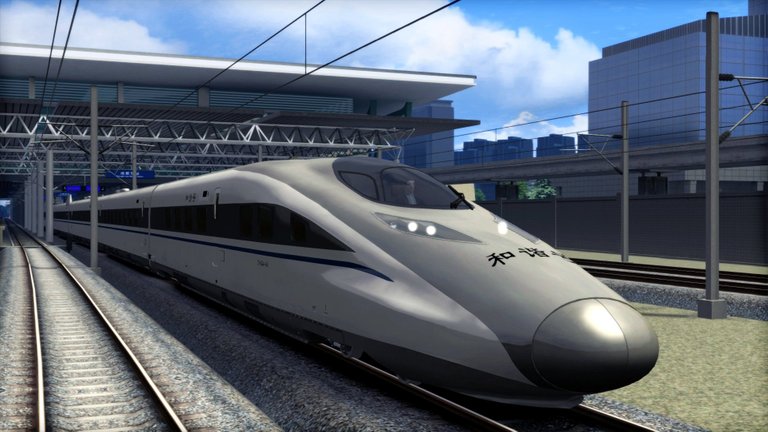How do Maglev And Bullet Trains work?
Germany and Japan have developed maglev trains and tested their prototypes. German trains and Japanese trains are based on similar concepts, but there are distinct differences. So Let's find out how these maglev trains work, and what the mechanism behind that is.

Image Source: TechExplorist
The Mechanism behind these Trains
In Germany, an engineer developed an electromagnetic suspension system (EMS) called his Transrapid. In this system, the train floor is surrounded by steel guides. Electromagnets mounted around the train's undercarriage are pointed upwards at the guideway, which levitates the train about 1 cm above the guideway, keeping the train levitated even when it is not moving. Additional guide magnets embedded in the train body keep it stable during running. Germany has demonstrated that a Transrapid Maglev train can reach 300 mph with people on board.

The difference between these systems is that Japanese trains hover almost 10 centimeters above the road surface. A potential drawback of using the EDS system is that the maglev must roll on rubber tires until it reaches a take-off speed of approximately 150 km/h. Japanese engineers say the wheels will help when the system shuts down due to a power outage. In addition, passengers with pacemakers should be protected from the magnetic fields produced by superconducting electromagnets.
That's how these superfast trains work. Hope you liked it
Thanks for Reading
This post has been manually curated by @theindiankid from Indiaunited community. Join us on our Discord Server.
Do you know that you can earn a passive income by delegating to @indiaunited. We share 100 % of the curation rewards with the delegators.
Here are some handy links for delegations: 100HP, 250HP, 500HP, 1000HP.
Read our latest announcement post to get more information.
Please contribute to the community by upvoting this comment and posts made by @indiaunited.
Source of potential text plagiarism
There is reasonable evidence that this article has been spun, rewritten, or reworded. Posting such content is considered plagiarism and/or fraud. Fraud is discouraged by the community and may result in the account being Blacklisted.
Guide: Why and How People Abuse and Plagiarise
If you believe this comment is in error, please contact us in #appeals in Discord.